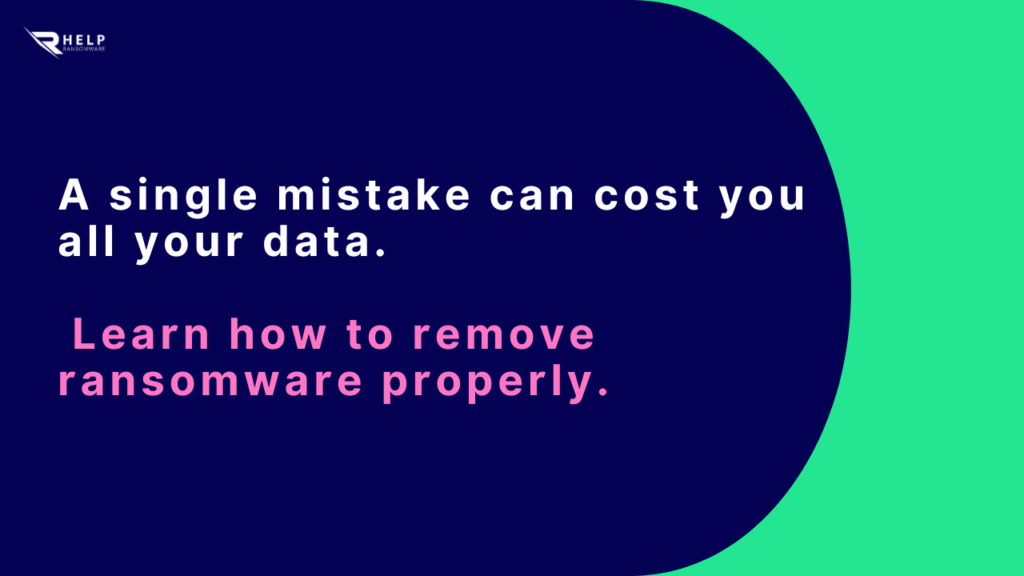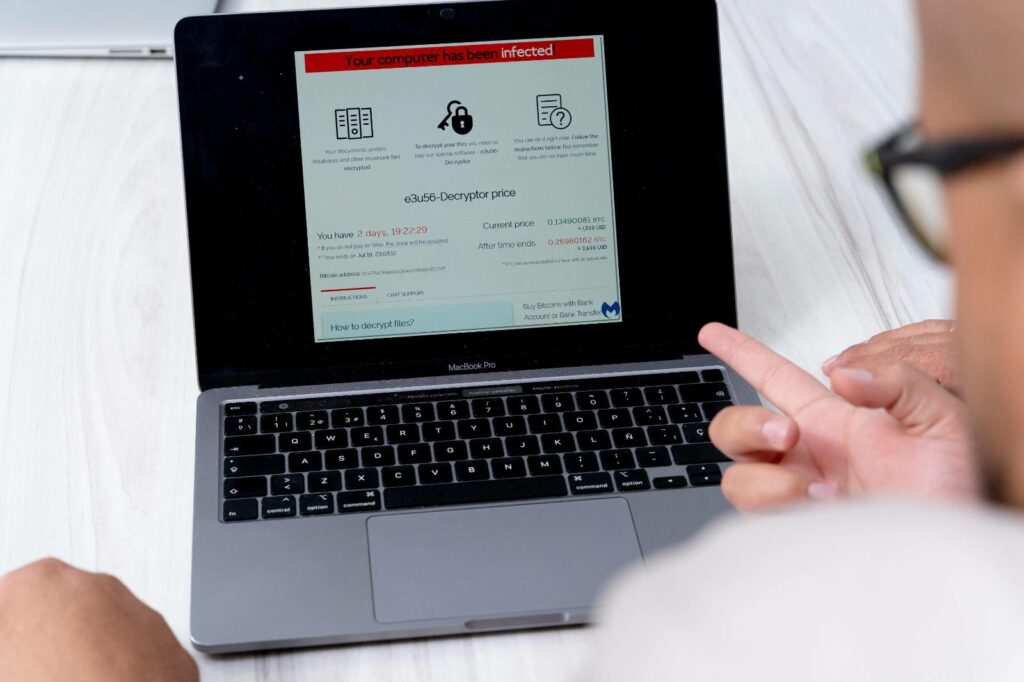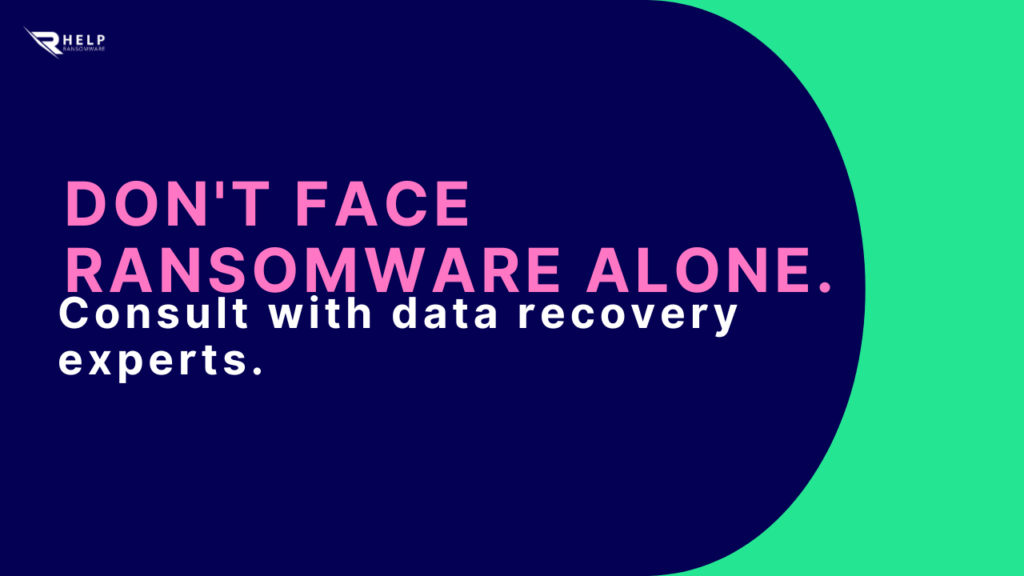Delete a Incorrectly executing ransomware can make things worse and cause you to lose all your files. According to a Sophos report, 66% of businesses were affected by ransomware in 2023, and many made mistakes that made data recovery difficult.
Unlike other types of Malware encrypts files and blocks access until a ransom is paid. However, desperation can lead to hasty decisions, such as abruptly shutting down the system or attempting to remove the malware without a clear strategy. In this article, we’ll discuss the most common mistakes when removing ransomware and best practices for effective recovery.

Common mistakes when removing ransomware
1. Pay the ransom without exploring other options
Many believe paying the ransom is the quickest way to recover data. However, according to a Cybereason report, 92% of companies that paid a ransom were attacked again in the following months.

Immediate Ransomware Help
Don’t let ransomware hold your business hostage. Our experts are ready to recover your data and secure your systems.
Why is this a mistake?
- There is no guarantee that cybercriminals will provide the decryption key.
- Finance the ransomware attack incentivizes attackers to continue operating.
- The company is in the crosshairs of future attacks.
2. Delete infected files without prior analysis
Some victims believe that deleting the encrypted files will solve the problem. This not only fails to eliminate the ransomware, but it can make recovery impossible.
Why is this a mistake?
- He CryptoLocker ransomware may remain active on the system and encrypt new files.
- Without proper analysis, files may be deleted that could have been recovered with specialized tools.
3. Turning off the equipment without evaluating the situation ⚡
Shutting down your system without analyzing the attack may cause some ransomware processes to be activated upon reboot.
Why is this a mistake?
- Some ransomware deletes files if it detects a sudden shutdown.
- Turning off your computer before isolating the network can cause malware to spread to other devices.

How to remove ransomware correctly
Removing ransomware is no simple task. It requires a well-structured process that minimizes damage and ensures file recovery is as secure as possible.
Failure to act cautiously can cause the infection to persist or make data recovery more difficult. Below are the key steps for effectively removing ransomware.
1. Isolate the infected system
The first thing you should do is disconnect the device from the network to prevent the ransomware from spreading.
2. Identify the type of ransomware
Use tools like ID Ransomware to determine which variant has infected you and if a public decryption key exists.
For some types of ransomware, such as Dharma ransomware, decryptors are available on platforms like No More Ransom.
3. Use secure backups
If you have updated and offline backups, restore the data after remove ransomware.

Immediate Ransomware Help
Don’t let ransomware hold your business hostage. Our experts are ready to recover your data and secure your systems.
4. Consult with data recovery experts
Companies like HelpRansomware can analyze the attack and apply advanced strategies to recover encrypted files without paying ransoms.

Frequently Asked Questions (FAQ)
Can ransomware be removed without losing files?
Yes, if the proper steps are followed, such as using ransomware decryption tools and secure backups.
Are there free tools to decrypt ransomware?
Some variants have public decryptors on platforms such as No More Ransom, but not all ransomware has solutions available.
What should I do if I don’t have backups?
Consult with specialists in recover encrypted files before making hasty decisions.
How does HelpRansomware help in these cases?
It offers analysis services, data recovery, and security strategies to prevent future infections.
Conclusion
Removing ransomware requires patience and a strategic approach. Avoid making fatal mistakes and follow the right steps to maximize your chances of recovery.
If you need help removing ransomware and recovering your files, HelpRansomware is here to help. 🚀



